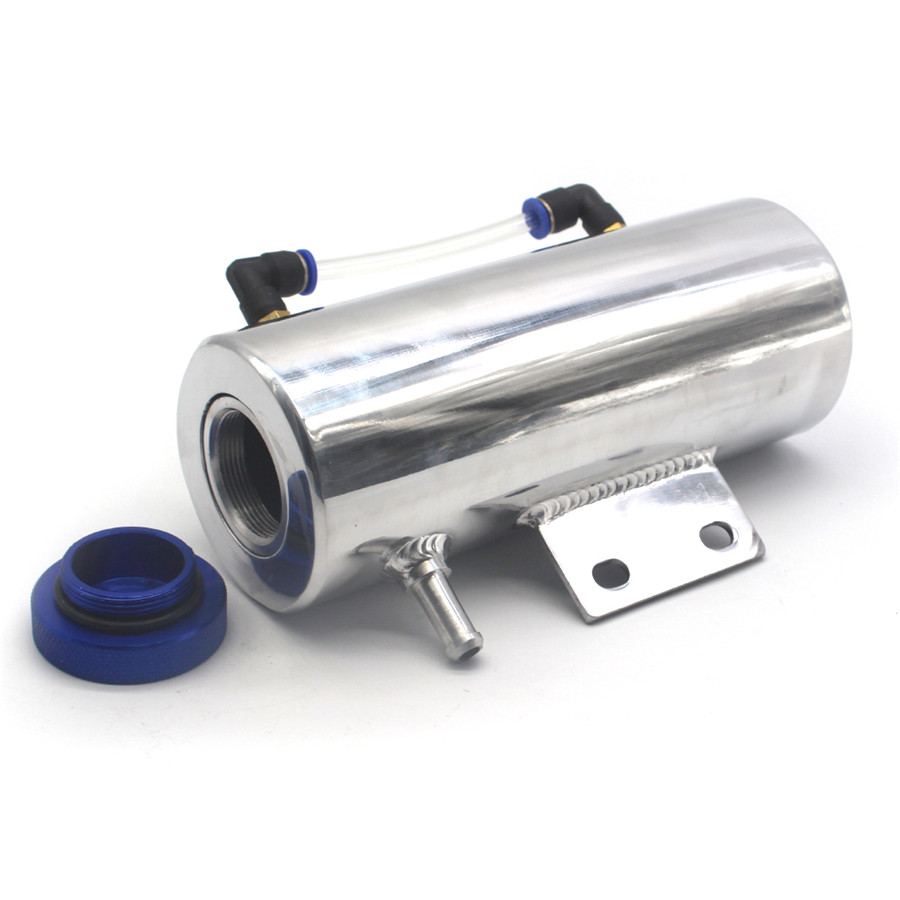
You can protect the engine with zinc plates, and you already are - the radiator has a lot of zinc. The colder the weather, the poorer this "antifreeze" performs. This is a perfect recipe for clogging the radiator.īut more worrisome, with the salt not in the water, it is more vulnerable to freezing. Where will it do this? Where it is the coldest, and since your use-case calls for temperatures below 0C/32F, that will be in the radiator, inside the fine passages.

If you saturate warm water and then let it get cold, the material will precipitate - in salt's case, crystallize on a solid surface. You probably also know there's a limit to how much it can hold - called saturation. Of course you know you can dissolve things like salt into water. The salt will precipitate and block the radiator fins
#Water coolant for car manual
Our antifreeze and engine coolant help protect your engine from severe and serious damage.īecause not all coolants can be mixed, please check your owner’s manual to find out which coolant is suitable for your car and how it should be applied. Just as you would with lubricants, the coolant in your car’s cooling system needs to be inspected regularly, to be sure that you have enough. The extra additives present in a coolant also provides protection against corrosion.


A coolant is therefore important as the synergy between glycols and water enable it to perform in cold and hot environments, all year round. Likewise, in very cold weather, the water would freeze when the car is sat idle, rendering the cooling system useless.

Water alone is not enough to keep the system cool, for the high temperatures inside the motor would eventually boil and evaporate it entirely. Why Coolant is Important Without a coolant, the heat produced through constant internal combustion would destroy the engine very quickly. As it flows through the thin tubes in the radiator, the hot liquid is cooled by the air stream entering the engine compartment from the grill in front of the car.Once the fluid is cooled, it returns to the engine to absorb more heat.The water pump has the job of keeping the fluid moving through this system of plumbing and hidden passages. The heated fluid then makes its way through a rubber hose to the radiator in the front of the car. As the coolant flows through these passages, it picks up heat from the engine. The cooling system in your car works by sending the coolant through passages in the engine block and heads. Your car’s engine produces a lot of heat when it is running and must be cooled continuously to avoid engine damage. It is made from either ethylene glycol or propylene and is usually green, blue or even pink in colour. What is a coolant? A coolant (also called an antifreeze) is a special fluid that runs through your engine to keep it within its correct operating temperature range.


 0 kommentar(er)
0 kommentar(er)
